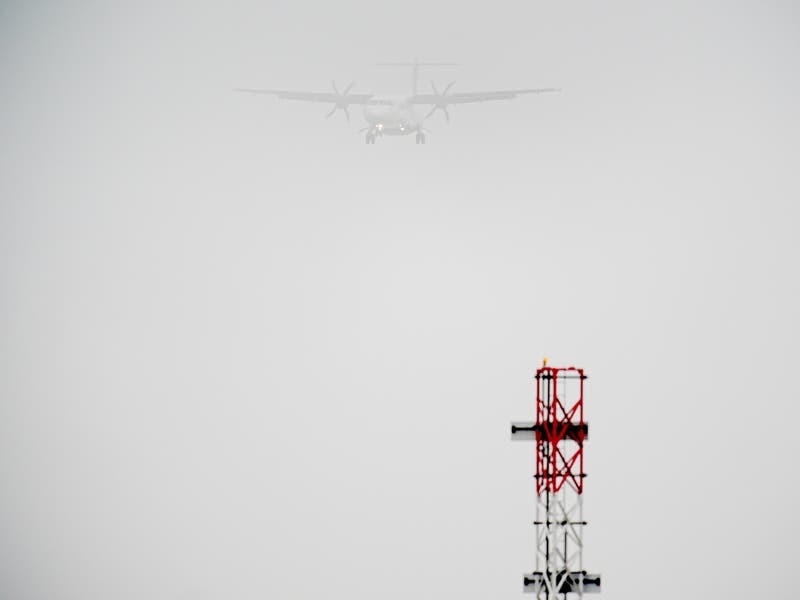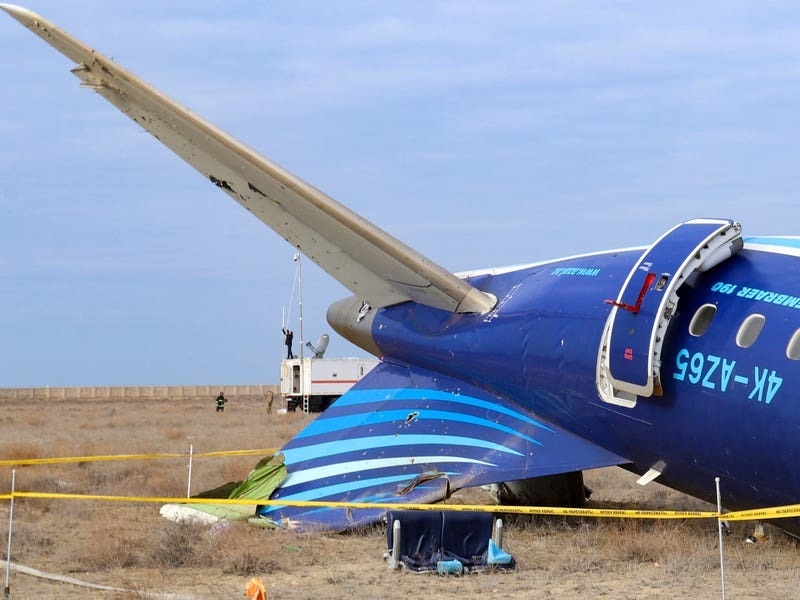On Monday 29 November 1971, in the Royal Court, Edward Paisnel was convicted of the disturbing crimes that shook the Island into fear and gave him the name the ‘Beast of Jersey’. Two weeks later, Paisnel would be sentenced to 30 years’ imprisonment for his heinous sexual acts – found guilty of every one of the 13 charges brought against him.
It was a coincidence but it could not have been better timed that, just 24 hours later, an island’s collective relief would gather at Springfield Stadium when Devils of a different kind, and one of the world’s biggest football clubs, Manchester United, would play an exhibition match against a St Ouen FC XI.
They brought their stars, including the holy trinity of Charlton, Law and Best, while Jersey brought fans and onlookers in their droves. Over 11,100 people turned up to watch the game, an attendance never close to being bettered before or since. More than one in seven of Jersey’s population was there.
The match had been arranged by the president of St Ouen, Charlie Bechelet, through his friendship with the then Southampton manager Ted Bates, who, in turn, was good friends with United manager Frank O’Farrell.
As Jersey now hopes to once again attract the best professional sports teams, it was not uncommon back then for top football teams to bring their first team squad over for a friendly against one of the local sides. Just the week before, Hull City played First Tower United at Le Boulivot, in front of 300 fans.
But this was different. This was Manchester United. They carried the aura of being the biggest club in the land and had won the European Cup just three years previously. A squad containing three of the greatest players in the world and former Ballon d’Or winners. It just would not happen today. Can you imagine Cristiano Ronaldo, Bruno Fernandes and Marcus Rashford rocking up to Springfield to play the likes of Luke Duncan, Dominic Pougeolle and Damien Salmon today?
Nor will the Island ever expect to hold another sporting event of its kind that would attract so many. True, the Muratti Vase used to attract crowds of 5,000-6,000 but this was off the charts.
Playing that day, for some of the second half at least, was Jersey goalkeeper Barry Breuilly. The winner of what was a record 20 Muratti caps and a former Fulham Reserves player, Breuilly was a more than capable stopper, but the first thing he did after coming onto the field on Tuesday 30 November was pick the ball out of the net, following a thunderbolt strike from Brian Kidd for his hat-trick and a 4-0 result. Breuilly admits that the score could well have been 40-0 if the United players wanted it to be, such was their overwhelming class.
Most of the fans were enthralled by George Best, who played the first half and got the biggest cheer of the night when he scored a header from close range.
Covering the game that evening was the venerable Bill Custard, who reported: ‘It was all there, indelibly etched into the bright green turf, the artistry of the incomparable George Best, the dynamism of Denis Law, the cool control of Bobby Charlton and the thrusting power of Brian Kidd … all this was woven into a pattern of slick efficiency in which combination and fluid movement were supreme.’
Not that they had it all their own way, with St Ouen ‘excited with a couple of early raids’ that led to Pat McLaughlin’s ‘splendid shot’ being well saved by Alex Stepney.
United, meanwhile, were content to provide an exhibition of the talents, much to the excitement of the crowd.
‘The atmosphere was incredible. It was electric,’ remembers Breuilly. ‘They had temporary stands that enclosed the pitch and it made for one hell of an atmosphere. None of us expected that many people to be there.’
What is also hard to understand through modern eyes is that United made the trip in the middle of the season. On the Saturday prior to their appearance at Springfield, United registered a 5-2 win away at Southampton and the week would be bookended by a 3-2 home win over Nottingham Forest. United would then go on an 11-match run without a win, after being top of the table at Christmas.
Maybe the trip away was not the wisest choice for United’s title ambitions but Breuilly remembers that the St Ouen players were asked to mind their tackles – a request not fully taken on board by Breuilly.
‘The players were hinted at not to do anything too reckless, and that did prevail during the game but I do remember tackling Charlton just outside the box and him glaring back down at me. But he’d been clattered by better people than me.
‘The [St Ouen] players couldn’t believe it that they’d arranged for Manchester United to come. You won’t see that again. It’s still resonant in my mind.’
Naturally, the United players also made an impression on young Breuilly, who was 23 years old at the time.
‘Best showed real class while Charlton was an absolute gentleman, as always,’ he said.
The players stayed at the Mermaid Hotel during their time in the Island and Breuilly even picked up Denis Law in his car from there to go to a party the night before the game.
‘He never drank. He wouldn’t have any alcohol. He just stood in the kitchen and had orange juice. I think Mr Best may have imbibed a little bit more.’
The drinking would continue after the game, too, at a ‘buffet supper’ at the Mermaid for all the players and officials, giving the St Ouen players and other lucky Islanders a chance to get to know their heroes a bit better. The great Sir Matt Busby, the architect of modern Manchester United, was in attendance.
‘They all mingled. We had photographs taken with them. I had one taken with Alex Stepney. It was an amazing experience. Obviously everyone flocked around George Best.’
The night before the match, more merriment could be found at the Hotel de France at a special function to welcome Manchester United as part of St Ouen’s banquet that Custard described it as a ‘glittering occasion.’ Highlighting the differences in attitudes to today’s professionalism, he reported that after presentations and a cabaret, ‘the company adjourned to the ballroom to spend the remainder of the time – until 2 o’clock this morning – dancing.’
A copy of the menu, signed by all the players at the function, made its way to an eight-year-old Glenn Springate – sold to him for ten pence by his Leeds United-supporting cousin, who had inadvertently acquired the treasured artefact. Young Springate was at the game too and, while he does not remember too much of the game, he does remember it was the night he ‘fell in love with football’.
‘I was in awe,’ Springate says, five decades on. ‘George Best’s name was read out of the Tannoy and the whole place just erupted.
‘I remember I watched the game in the dark, standing in the back of my uncle’s pick-up van. They allowed all these vans in around the back of the goal so people could get a better view of the game. As you can imagine, the match was a big talking point at school the next day.’
And it would still be a big talking point, 50 years later, about the time Manchester United – Best, Charlton, Law et al – came to Jersey to take on the not-so-mighty St Ouen.
President Bechelet must have had quite a few friends in high places. The following season St Ouen hosted Jock Stein’s Celtic side, which included Kenny Dalglish, Jimmy Johnstone and Bobby Murdoch, in front of a crowd of a mere 2,000 at Springfield. Another coup for the parish club’s players to be involved in, this time they were ruthlessly gunned down 11-1, despite the hosts boasting Southampton and England stars Terry Paine and Mick Channon as guests.
But nothing would be more memorable than sharing the pitch with United’s illustrious stars. Not just for the players but, rather aptly, for one John Riseborough, who was running the line that day – the police officer who caught the Beast.






